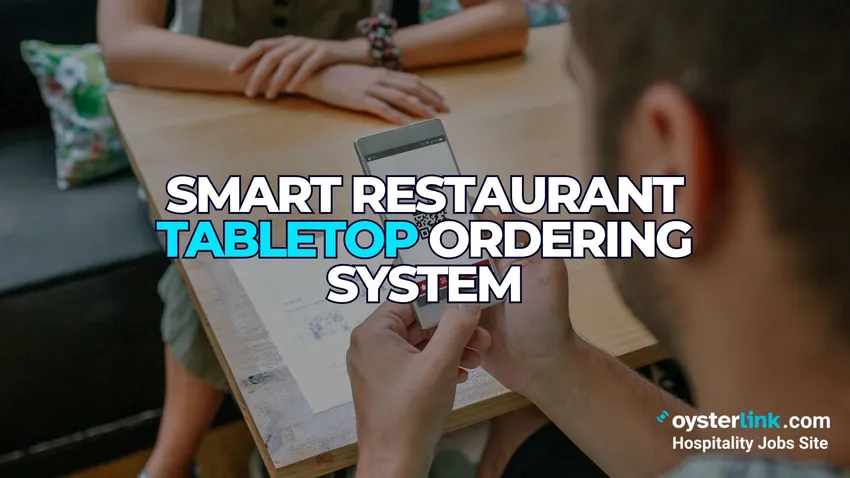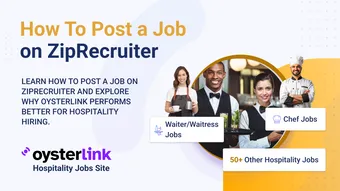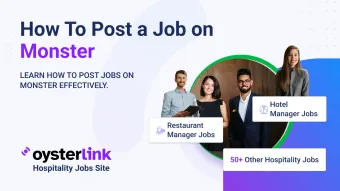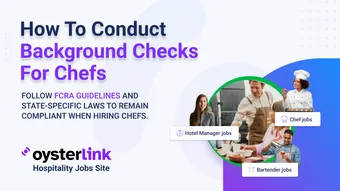Restaurant Tabletop Ordering System Key Takeaways:
- Tabletop ordering systems can cut dining time by up to 15 minutes per table, bumping up table turnover dramatically.
- With automated tipping prompts at checkout, staff gratuities often jump by 20% or more—great for morale and retention, especially for your top Servers or Bartenders.
- Guests control their pace, leading to higher satisfaction and a little breathing room for stretched staff when the dining room's packed.
Restaurant owners and managers are always looking for ways to serve more guests and drive up revenue, especially when slow service or long waits start cutting into profits and guest satisfaction.
If you’ve found yourself wondering if technology can truly relieve these tried-and-true headaches—and maybe even inspire higher tips for your hard-working crew—tabletop ordering systems are quickly proving they’re more than just a trend.
By letting guests order and pay from their seat, at their own rhythm, this tech doesn’t just speed things up; it also puts customers in control, increases table turnover, hikes up tip totals and delivers actionable data for smarter, more targeted marketing.
Let’s break down how you can put tabletop ordering to work for your team—and see quick results.
How a Tabletop Ordering System Increases Turnover and Tips
.jpg)
These systems put your entire menu and ordering process right in the hands of your guests. Instead of waiting for a Server to swing back around, the guests choose when to order or pay, smoothing out back-of-house and front-of-house flow—even when you’re short on experienced staff. The bottom line? Faster turns, more covers per night and more tip-earning chances.
Streamlining the Ordering Process
With tabletop ordering, customers browse the menu, tweak their order, and send it straight to the kitchen—all from the table. Think of those nights when four-top after four-top floods in right after happy hour: meals reach the kitchen sooner and the guests aren’t left staring at empty water glasses.
For managers, this means fewer missed orders and way less “he said, she said” confusion during a rush, smoothing service even with a lighter staff. If you want your service team ready, review our Server interview questions to ensure they're comfortable adopting new tools.
Reducing Wait Times
Orders hit the kitchen in real-time, whether you’re onboarding new staff or your Friday dining room is slammed. Payment happens on the guest’s schedule—no need to flag down a server for the check, which helps tables turn quickly, especially during that mid-evening crunch. Over a busy week, trimming 10–15 minutes off each table can add up to a surprising amount—maybe a dozen or more extra covers per shift.
Enhancing Tipping Opportunities
Digital checkout screens always prompt for a tip, with built-in suggested percentages and a user-friendly design. This means your staff don’t miss tips due to mistakes or awkward moments, and often total tips trend up.
Managers regularly report happier staff, steadier tip pools and fewer headaches tracking split checks or stash envelopes. If you’re recruiting for bartending roles, tabletop systems can boost the earning potential for both new and veteran team members.
.jpg)
Implementing a Restaurant Tabletop Ordering System: Step-by-Step
Rolling out tabletop ordering isn’t rocket science, but making sure everyone—staff and guests—is on board is key. Here’s a straightforward rollout path for busy GMs and Owners.
Research and Choose a Tabletop Ordering Provider
Make a shortlist based on strong reviews from restaurants like yours in your area. Favor systems that work well with your POS (Toast, Square, others), are straightforward for staff to learn, and offer support.
Consider flexibility for menu layouts, payments and whether you can try a pilot or rent devices first, so there’s less risk if it’s not a fit. For a smooth rollout, check out our guide to best practices in restaurant operations management.
Integrate With Existing POS Systems
POS compatibility isn’t negotiable here—a smooth integration keeps orders, payments and reporting seamless. Ask for a demo, ideally with your kitchen and front-of-house leads there. Real user input can catch issues a sales demo won’t.
Train Staff and Inform Customers
Strong team training makes the difference: set aside time for Servers, Hosts, and Bartenders to test the tech—especially anyone cautious about new gadgets. Quick cheat sheets help in the first weeks.
When rolling out, greet regulars, introduce the new style, and promise traditional service for folks who aren’t tech fans. Your go-to Server or “system champion” will set the tone for others. If you need guidance on training your front-line Servers on new systems, we have you covered.
Monitor Results and Optimize Usage
Check core numbers: table turn times, average tips, order errors, guest feedback—including from regulars who might be wary. Let built-in analytics point out bottlenecks. Hold a quick huddle each week for staff insights and make menu or prompt tweaks as needed. Continuous improvement keeps things humming.
For deeper staff feedback, see how to reduce employee turnover and create a stable work environment.
.jpg)
Cost Considerations and ROI
Making a new tech investment pencil out for your team or your investors means putting numbers to it right away. Most tabletop systems blend a device purchase or subscription and dozens of vendors now offer rent-to-own or pilot options to ease upfront pressure. Many owners see solid returns and happier teams within the first few months.
Initial Setup and Ongoing Costs
You’ll usually pay upfront for hardware, then a setup or training fee; ongoing support is a monthly or annual add-on. Ask about all processing rates, and double-check for any “hidden” fees like integration charges. Don’t be shy about leasing or short pilots—you can always scale up if the results match the pitch.
Return on Investment: Turnover and Tip Growth
If case studies hold true, shaving even several minutes off each table should bring in dozens more guests a week for an average spot. The built-in tip prompts alone often push up average tips by 20% or better—which can go far in keeping staff energized and less likely to jump ship.
Plus, marketing data from the system is a goldmine for future promos or loyalty programs.
Additional Benefits of Tabletop Ordering Systems
On top of the measurable revenue boost, you’ll see smoother guest experiences and less staff scrambling—those busy Saturday shifts don’t feel as overwhelming when the system lightens the load.
Order Accuracy and Customization
Guests enter their orders themselves, spelling out “no cheese” or “dressing on the side,” so the kitchen sees fewer mistakes. Allergy notes and oddball requests are less likely to get lost. This means fewer comps, less food waste—and a smoother kitchen line.
Upselling and Promotions
Digital menus can automatically cue up add-ons—dessert or a specialty cocktail—at the perfect time, turning every table into a gentle upsell opportunity. Think of it as having a silent Server selling key items, helping boost average check sizes even on quiet nights.
Customer Data and Loyalty
If guests opt in, their email and favorite orders feed future loyalty deals and email follow-ups. Plenty of operators see return visits climb once they use the system data for targeted outreach—think “free dessert on your fifth lunch” or “birthday cocktail, on us.”
If you’re interested in a broader overview on enhancing loyalty and revenue, see our customer loyalty tips.
What About Guests Who Prefer Traditional Service?
For guests who love the personal touch, the best tabletop ordering systems are flexible. Regulars or those who prefer chatting with their Server can still order the old-fashioned way, while others can enjoy using the tablets.
Servers should be trained to spot when someone prefers face-to-face service and step in to help, making sure everyone feels comfortable. This way, technology and personal service work hand in hand, creating a great experience for all.







Loading comments...